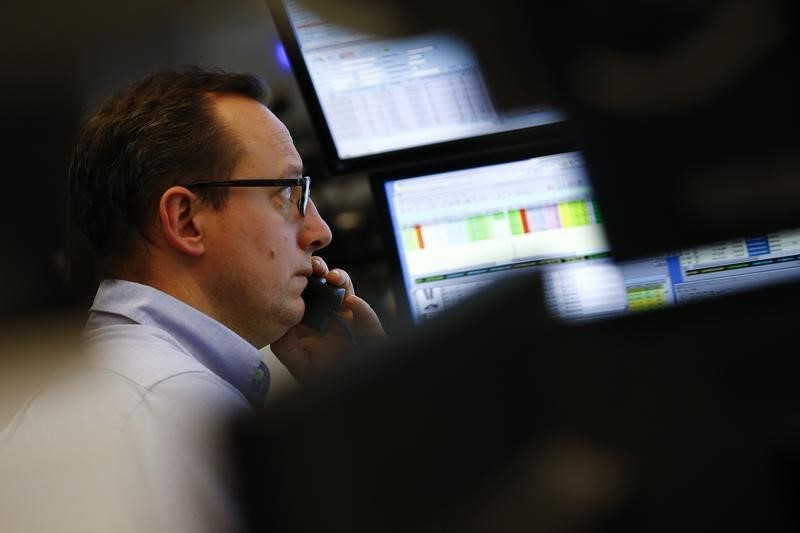Elizabeth Howcroft
LONDON (Reuters) – Bitcoin, the world’s largest cryptocurrency, completed its “halving” on Friday, a phenomenon that occurs roughly every four years, according to CoinGecko, a cryptocurrency data and analysis company.
The price was fairly stable immediately after, falling 0.47% to $63,747.
Bitcoin enthusiasts have been eagerly awaiting the “halving,” a change in the cryptocurrency’s underlying technology designed to slow the rate at which new bitcoins are created.
The halving was written into Bitcoin’s code when it was created by pseudonymous creator Satoshi Nakamoto as a way to slow down the rate at which Bitcoin was created.
Chris Gannatti, global head of research at asset manager WisdomTree, which trades bitcoin exchange-traded funds, called the halving “one of the biggest events in crypto this year.”
For some cryptocurrency fans, the halving will highlight Bitcoin’s value as an increasingly scarce commodity. Nakamoto capped the supply of Bitcoin at 21 million tokens. But skeptics see this as nothing more than a technical change that speculators are talking about in order to inflate the price of the virtual currency.
The operation works by halving the rewards cryptocurrency miners receive for creating new tokens, making it more expensive for them to put new bitcoins into circulation.
This followed a sharp rise in Bitcoin’s price to a record high of $73,803.25 in March after it spent much of 2023 slowly recovering from its sharp 2022 decline. The world’s largest cryptocurrency was trading at $63,800 on Thursday.
Bitcoin and other cryptocurrencies have received support from excitement around the U.S. Securities and Exchange Commission’s decision in January to approve spot bitcoin exchange-traded funds, as well as expectations that central banks will cut interest rates.
Previous halvings took place in 2012, 2016 and 2020. Some cryptocurrency fans point to the subsequent rise in prices as a sign that the next Bitcoin halving will boost its price, but many analysts are skeptical.
“We do not expect Bitcoin prices to rise following the halving as this has already been factored in,” JP Morgan analysts wrote this week.
They expect the price of Bitcoin to fall after the halving because it is “overbought” and venture capital funding for the crypto industry is “suppressed” this year.
Financial regulators have long warned that Bitcoin is a high-risk asset with limited real-world use, although more people have begun to approve Bitcoin-related trading products.
Andrew O’Neill, a crypto analyst at S&P Global, said he is “somewhat skeptical about the lessons that can be learned in terms of price forecasting from the previous halvings.”
“This is just one factor among many that can influence the price,” he said.
Bitcoin has struggled for direction since a record high in March and has fallen over the past two weeks due to geopolitical tensions and expectations that central banks will keep rates higher to keep global markets nervous for longer.


